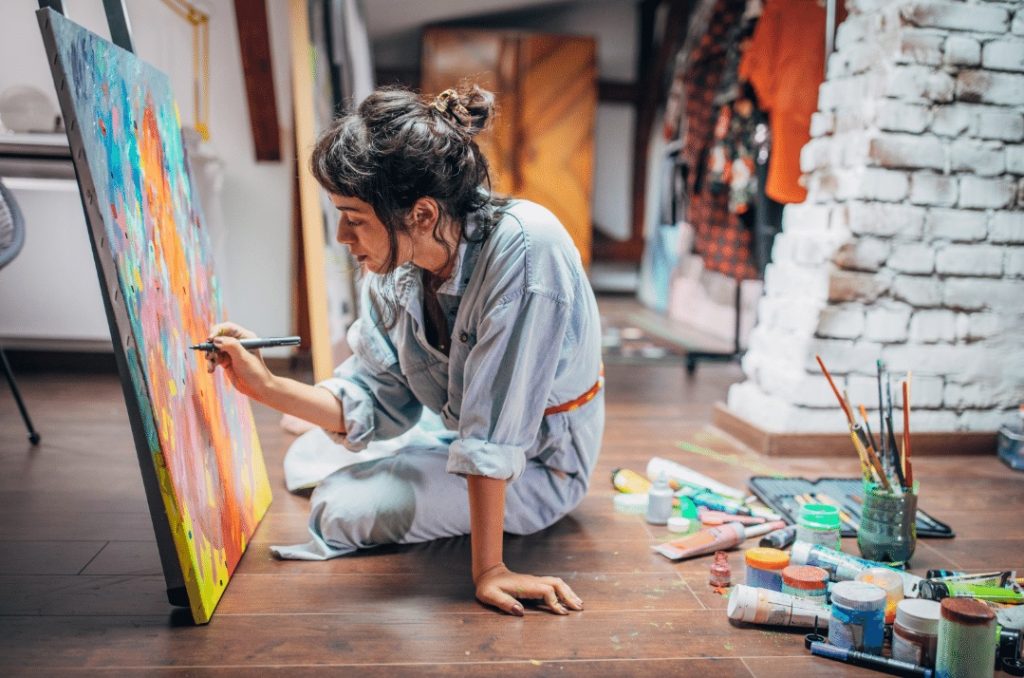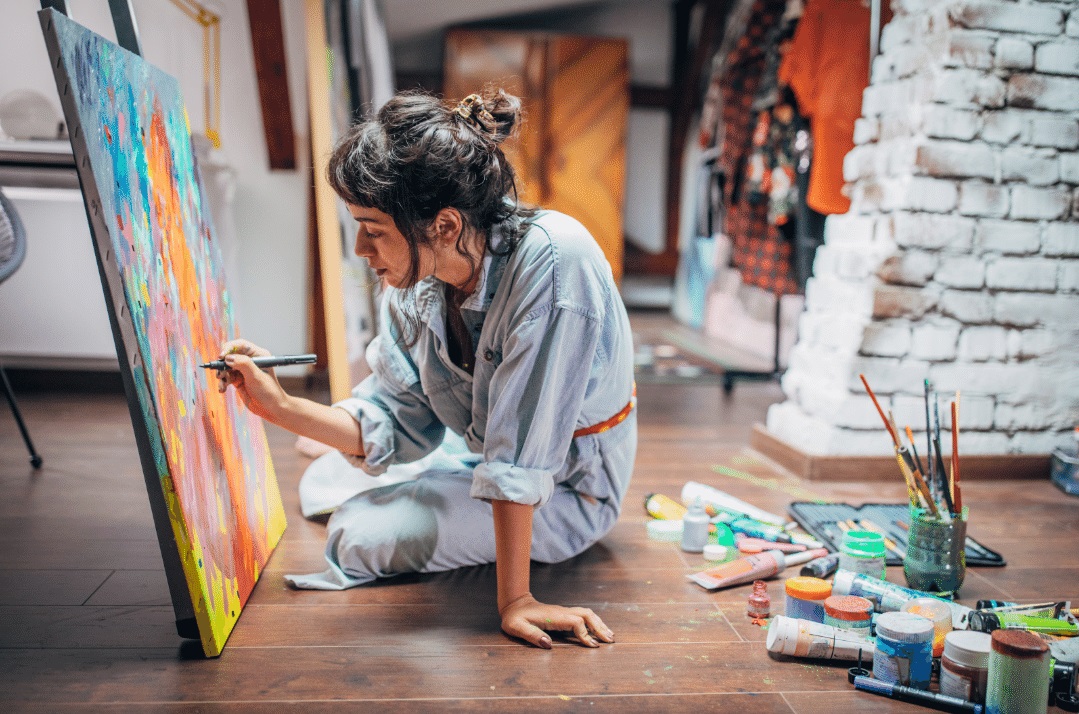Education & Career Trends: September 27
Curated by the Knowledge Team of ICS Career GPS

- Article by Zorana Ivcevic Pringle, published on psychologytoday.com.
Despite the vast scholarship in the psychology of art and aesthetics, we are still only starting to learn about the kinds of thoughts, insights, and understandings that people gain from experiencing art. More than a hundred years ago, Wassily Kandinsky described the role of the artist as conveying meaning: “The artist must have something to say, for mastery over form is not his goal, but rather the adapting of form to its inner meaning.”
The starting point of these studies was a view of art born in philosophy – aesthetic cognitivism. It argues that one of the functions of art is to enhance understanding and cognitive abilities. The question for empirical scientists is how this happens.
Researchers at the University of Pennsylvania led by Anjan Chatterjee started by conveying an interdisciplinary group of art experts – philosophers, theologians, art historians, neuroscientists, and psychologists of art – and asking them to generate a list of terms that describe the impact of art.
As they analysed people’s associations, the researchers found four categories of impacts of art:
- Profound and immersive effects (feeling interested, contemplative, engaged, enraptured, swept away, or in awe)
- Positive emotional effects (experiencing pleasure, feeling calm and consoled, experiencing empathy and compassion)
- Unpleasant emotional effects (being challenged, upset, or angry)
- Transformational effects (finding transcendence, moral edification, gaining broadening of perspective, being inspired).
The mirror model of art explains how new understandings can be acquired. The mirror model describes processes of art creation and appreciation as reverse images of each other. Whereas artists start with meanings and ideas they aim to convey and transform into something tangible by adding compositional elements and layers to their creations, viewers start their experience by perceiving the final touches and, through continued engagement, can come to access the concepts and meanings the artist aimed to convey.
The question is, what makes those special pieces of art meaningful? A study at the Whitney Museum of American Art examined that fundamental question. The visitors were asked about the most meaningful piece of art they encountered.
After analysing visitor interviews, five broad themes emerged about what makes art meaningful and what are the lessons – new understandings and insights – that people gain.
1. Insights about oneself and one’s life history.
When art creates an understanding of ourselves, people draw from its personal meaning and make connections to their lives, identify inspiration and personal transformation, realise a need for intellectual humility, and find emotional stimulation. For example, one visitor described their experience of Oriental – Synchrony in Blue-Green by Stanton Macdonal-Wright by contrasting the artist’s way of seeing the world and their own.
2. Understandings about others and the world.
Meaningful art stimulates understanding of relationships and connections with others, inspires insights about society and history, and spiritual, religious, or insights about the nature of existence. Viewers explicitly describe their experience of art as spiritual. One visitor reflected on their encounter with the Door to the River by Willem de Kooning as moving them to look at reality beyond the obvious and deconstructing reality into what is essential. They acknowledged the goal of abstract art as to inspire contemplation of the spiritual and noted that they were transported into such considerations.
3. Understandings about the artist and their creative process.
People find meaningful insights into artists’ lives, their ideas, intentions, and motivation in their works of art. For example, one viewer identified with the piece entitled Ojalá nos encontremos en el mar/Hopefully We’ll Meet at Sea by Gabriella Báez, which uses red string to physically connect the child and her father in family photos. As the viewers reflected on their own father, they came to see the piece as an attempt at a reconstruction of a broken relationship by the artist.
4. Awareness of the aesthetic narrative.
Works of art have a profound effect when viewers search for meaning behind the creation of an aesthetic narrative, and approach the subject in an empathic way. We can viscerally feel the emotion and human connection when a viewer describes the woman at the centre of The Subway by George Tooker as lost and scared, almost as if caged, in a crowd, but clearly apart.
5. Insights about art techniques and materials.
People can find meaning in discovering the creative process, techniques, and materials that produced the art. For example, one viewer was struck by how Untitled by Malcolm Bailey from a distance appears like an illustration of a slave ship, but it actually shows a cotton plant in a blueprint-like manner. At close inspection, they marvelled at the technique, noticed deliberately incomplete figures, and wondered about their purpose.
Importantly, the experience of meaningful art is not necessarily described by only one of these categories. In particular, understandings of artists’ lives and ideas tend to be mentioned along with other kinds of insights.
Even as researchers approached the question of the impacts of art from different angles, it is clear that experiences of meaningful art have in common being highly emotional, not in a simple way of liking, but in drawing on fondness and nostalgia, vulnerability, connectedness and empathy, as well as challenging discomfort. Such deep emotional experiences facilitate a search for meaning and understanding.
…
Have you checked out yesterday’s blog yet
How to Change Resistance to Flow
(Disclaimer: The opinions expressed in the article mentioned above are those of the author(s). They do not purport to reflect the opinions or views of ICS Career GPS or its staff.)
Like this post? For more such helpful articles, click on the button below and subscribe FREE to our blog.





One Reply to “5 Things That Make Art Meaningful”